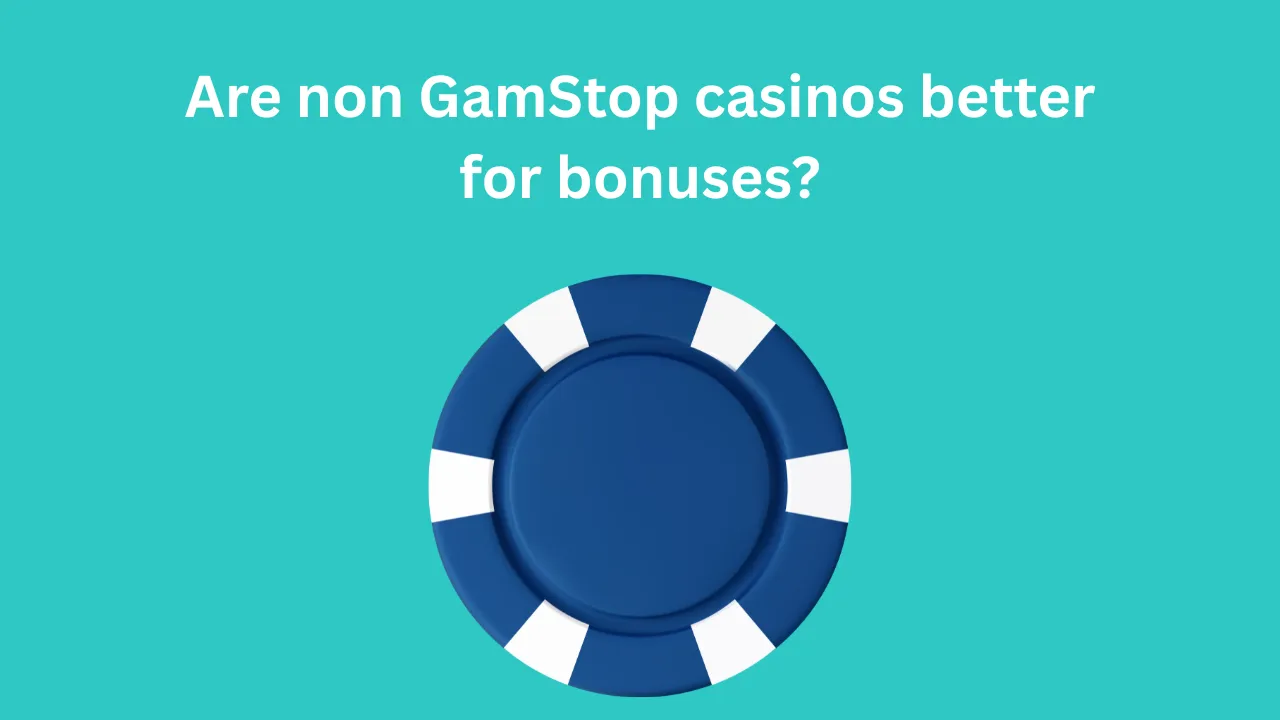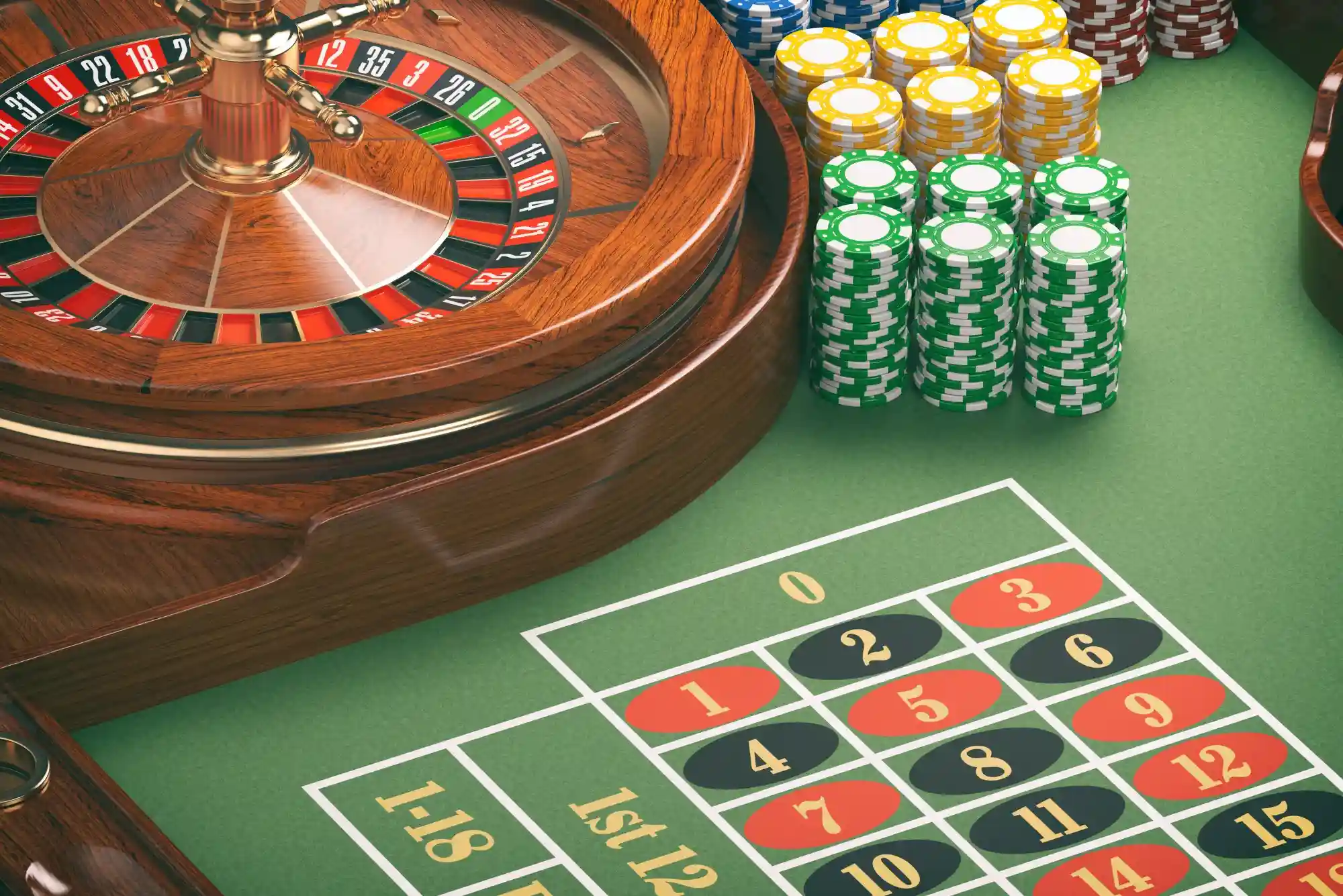When I first walked into a casino years ago, I was dazzled by the flashing lights, spinning reels, and the promise of instant riches. It wasn’t until I started losing more than I won that I realized there was a hidden metric I had overlooked: the RTP percentage. Return to Player (RTP) is a cornerstone of slot game selection, yet many casual players remain unaware of its influence. In this in-depth post, I’ll explain why RTP percentages are vital, how they shape your long-term experience, and what to look for—especially if you’re exploring options like non gamstop casinos.
Understanding RTP fundamentally shifted how I approach slots. Instead of chasing the flashiest themes or biggest jackpots, I began to assess games by their expected returns. Over time, I noticed that even a 2% difference in RTP could translate into hundreds of pounds saved—or lost—over hundreds of spins. In this article, I’ll break down the concept in plain English, share practical insights from my own sessions, and reveal how to use RTP data to build smarter strategies.
What Exactly Is RTP?
At its core, RTP stands for Return to Player and represents the theoretical percentage of wagered money that a slot machine will return to players over an extended period. For example, a 96% RTP suggests that, in the long run, the machine will pay back £96 for every £100 wagered. This figure is calculated by game developers based on paytables and outcome probabilities, and it’s typically published in a game’s help section or on the developer’s website.
H3: Distinguishing RTP from Volatility
It’s common for players to conflate RTP with volatility, but they measure different aspects. While RTP focuses on long-term expected returns, volatility (or variance) measures the frequency and size of payouts. A high-volatility slot might have a 96% RTP yet deliver rare but massive jackpots, whereas a low-volatility slot with the same RTP pays smaller wins more frequently. Balancing both metrics can help you choose a game that aligns with your bankroll and risk tolerance.
Why RTP Matters Over the Long Run
When I analyzed my play history on a popular 96% RTP slot against a 94% RTP competitor, the results were revealing. On both games, I wagered a consistent £0.50 per spin for a total of 10,000 spins. On the 96% game, my net loss hovered around £200, while on the 94% slot, I lost closer to £400. This simple experiment underscored the power of RTP—over thousands of spins, even small percentage differences magnify.
H3: The House Edge Connection
The house edge is simply 100% minus the RTP. A 96% RTP slot carries a 4% house edge, while a 94% RTP slot’s edge is 6%. That extra 2% may not sound like much, but it effectively raises the casino’s cut per spin. Recognizing this relationship helps you prioritize games with lower house edges, stretching your bankroll and extending your playtime.
How Developers and Regulators Ensure Fair RTP
Reputable game studios (NetEnt, Microgaming, Playtech, and others) design their slots according to strict protocols. Independent testing agencies like eCOGRA and GLI verify RTP percentages by analyzing thousands of spins on test servers. Additionally, licensed jurisdictions—Malta, the UK, Gibraltar—mandate transparency. When you play at regulated sites or non gamstop casinos, you can trust that the stated RTP reflects the game’s mathematical framework.
Practical Tips for Using RTP Data
Knowing a game’s RTP is only half the battle. Here’s how I incorporate RTP into my slot selection:
When browsing new titles, I scan the help or info menu for RTP details. If a developer provides multiple RTP tiers for different bet sizes, I choose the highest available version.
If a casino features a slot with several RTP settings (e.g., 94%, 96%, 98%), opt for the 98% option—even if it requires a slightly larger bet.
Combine RTP research with volatility assessments. A high-RTP game might bore you with low volatility; choose according to your play style.
These simple habits have helped me reduce net losses and identify games where extended play feels more sustainable.
Common Myths and Misconceptions
Despite its importance, RTP is often misunderstood. Let me debunk a few myths I’ve encountered:
H3: Myth: “Higher RTP Guarantees a Win”
No slot guarantees wins. RTP is an average over millions of spins. In a short session, variance can and will diverge wildly from the theoretical value. However, over thousands of spins, RTP becomes a useful guideline.
H3: Myth: “All Slots Have the Same RTP”
While many top studios average around 95–97%, RTP varies widely across themes and providers. Some branded or jackpot-linked slots dip as low as 88%, while classic fruit slots can boast up to 99% RTP in rare cases.
H3: Myth: “Casinos Can Change RTP at Will”
Legitimate casinos cannot alter a game’s RTP on the fly. They serve the developer’s software in its certified state. If you encounter wildly fluctuating RTP numbers, you’re likely playing on an unregulated or rogue site.
Real-World Example: My Favorite High-RTP Titles
Over the years, I’ve gravitated toward a handful of slots with RTPs exceeding 97%. Let me share two that consistently deliver:
One particularly generous game of mine offers a 98.5% RTP combined with medium volatility. Its frequent small wins cushion bankroll dips, making sessions feel less punishing. Another 97.8% RTP slot features a popular movie tie-in and includes bonus buy options—perfect for players who prefer to trigger bonus rounds directly.
Balancing RTP with Entertainment Value
While RTP is critical, it shouldn’t be the sole factor. A slot with a stellar RTP but dull theme will drain your motivation. Conversely, an entertaining but low-RTP game can be enjoyable if you treat it as a budgeted form of entertainment—akin to a movie ticket. Personally, I allocate 70% of my playtime to high-RTP games and 30% to my favorite low-RTP titles for pure fun.
Why Non GamStop Casinos Matter for RTP-Focused Players
If you’re exploring alternative platforms, non gamstop casinos may appeal to players seeking different offers or higher RTPs. However, it’s vital to prioritize reputable operators with clear auditing practices. Always verify licensing credentials, auditing certifications, and user reviews to ensure the RTPs you see are genuine.
Conclusion: Make RTP Your North Star
Return to Player percentages offer a compass in the vast sea of slot options. While no game can eliminate the house edge, understanding and leveraging RTP helps you play smarter, manage your bankroll effectively, and maximize enjoyment. Next time you spin the reels, take a moment to check the RTP—your future self (and your wallet) will thank you





